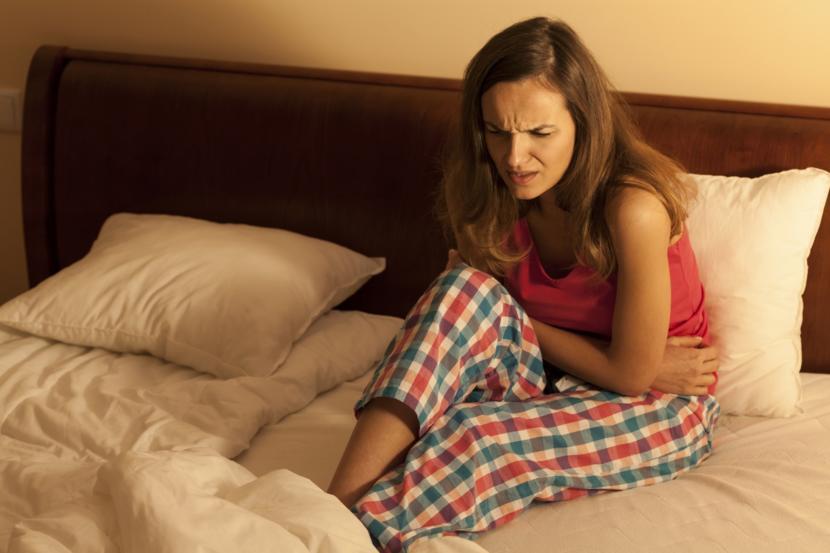What is Interstitial Cystitis?

Interstitial cystitis, also known as painful bladder syndrome, is a chronic condition of the urinary bladder that causes extreme pain and discomfort. It mostly affects women, but may be seen in men as well. Interstitial cystitis often causes mild to severe pain in and around the pelvic area. Although there is no complete cure for this condition, the symptoms can be alleviated with a number of therapies and medications.
Interstitial cystitis may occur at any age, but is most common when an individual is middle aged. Many other conditions, like irritable bowel syndrome and fibromyalgia, are seen along with this painful syndrome. Symptoms of this disease vary from time-to-time, depending on the individual. The symptoms can occur in the presence of triggers, like stress, exercise and menstruation.
The most common symptoms of this disease include:
- Pain between the vagina and anus
- Pain in the scrotum or penis
- Pelvic pain
- Urgent need to urinate
- Increased frequency of urination
- Pain during sexual intercourse
The actual cause of the condition is still unknown. According to experts, there may be multiple causes for the inflammation of the bladder.
Causes for the inflammation of the bladder include:
- Defective lining of bladder – This allows harmful chemicals from urine to come in contact with the wall of the bladder
- Autoimmune response – The immune system may sometimes attack the body's own tissues and organs, leading to inflammation of the bladder.
- Excessive production of histamine – Overproduction of histamine and other chemicals by mast cells may also lead to interstitial cystitis.
Most of the treatment options for interstitial cystitis focus on reducing the symptoms of the condition. The different treatment options may take few weeks to months to experience relief.
The commonly adopted treatment methods used for interstitial cystitis are as follows:
- Medications - The pain and frequency of urination may reduce within a few months of treatment with medications. Pain is alleviated using over-the-counter and prescription drugs. Antidepressants and antihistamines are also suggested for the treatment.
- Bladder instillation – In this procedure, the bladder is filled with a solution of dimethyl sulfoxide. This is a type of bladder wash, which can manage the symptoms within two months. The procedure is performed once a week, for six to eight weeks.
- Bladder distention – In some cases, the bladder is distended to provide relief from the symptoms to increase the capacity of the bladder.
- Electrical nerve stimulation – In this procedure, electrical pulses are used to stimulate the nerves of the bladder. This also helps to improve blood flow, and makes the bladder stronger.
- Surgery – This is recommended for people who have ulcers in the bladder, and is used as an alternative when other options are not successful.










